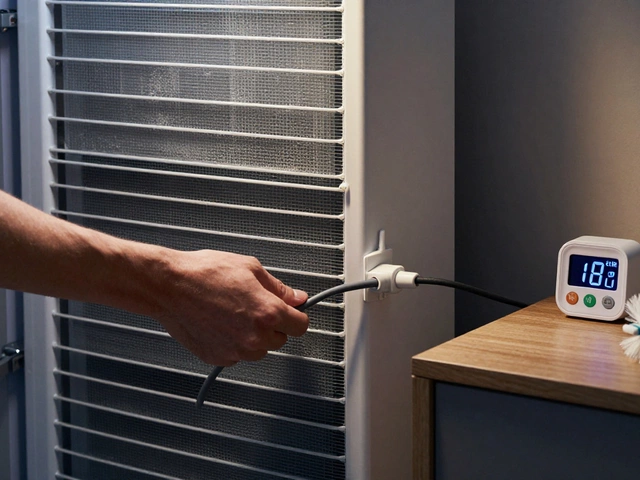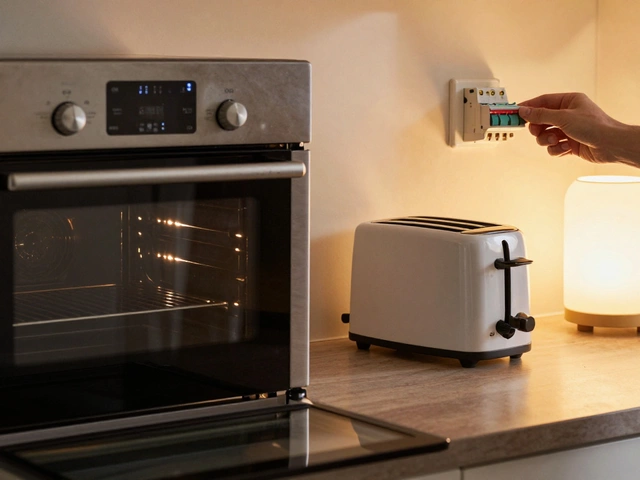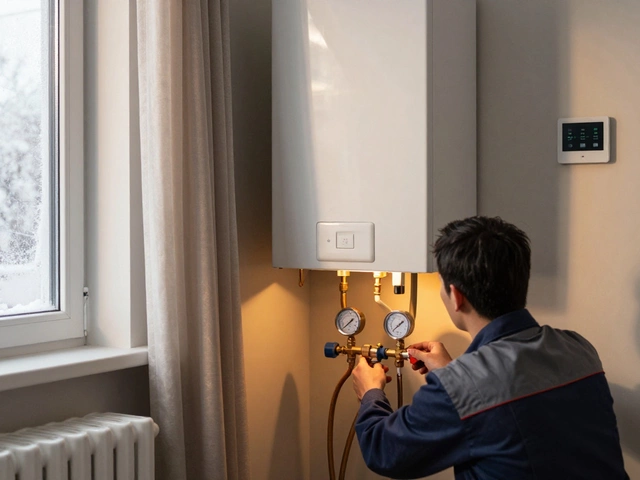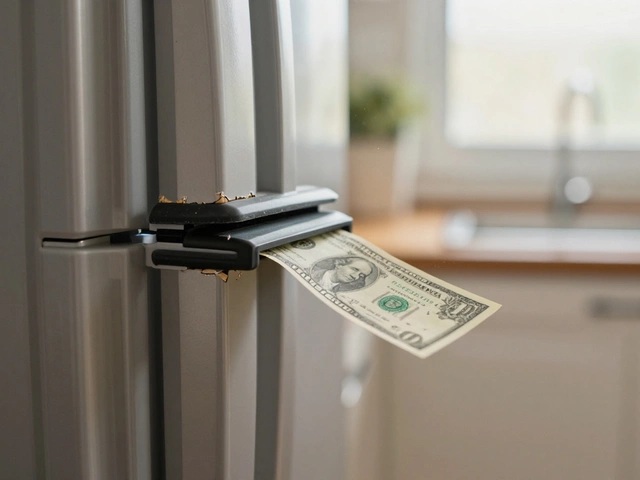Heater Troubleshooting: Quick Fixes for Boilers, Water Heaters & More
Got a cold shower or a chill in the house? Most heating hiccups are easy to spot and fix before they turn into pricey repairs. Below are the most common signs, simple tests, and practical steps you can try right now.
Common Heater Problems
Boilers often lose pressure, make weird noises, or refuse to fire up. Water heaters may stop heating, leak water, or keep tripping the reset button. Both systems share a few culprits: dirty filters, faulty thermostats, and worn‑out seals.
Start by checking the power supply. A tripped breaker or a blown fuse will stop any heater dead in its tracks. If the power is fine, look at the pilot light (for gas units). A flickering or extinguished pilot usually means a dirty thermocouple or a gas supply issue.
Leaking water is another red flag. Small drips around the pressure valve often point to a loose valve or a cracked pipe. Larger puddles can mean a failing tank. In either case, turn off the water supply and the electricity or gas before you get hands‑on.
Step‑by‑Step Trouble‑Shooting
1. Test the thermostat. Set it a few degrees higher than the room temperature. If the heater doesn’t fire, the thermostat could be faulty or need recalibration.
2. Inspect the pressure gauge. Most boilers work between 1 and 1.5 bar when cold. Below that, add water using the filling loop until the gauge reads within range. If the pressure keeps dropping, you likely have a leak.
3. Reset the water heater. Many electric tanks have a reset button near the thermostat. Press it, wait a minute, then restore power. If the heater trips again, a heating element or thermostat is probably broken.
4. Clean the filter and burner. Dust and sediment can block flow and cause overheating. Turn off the unit, remove the filter, rinse it, and wipe the burner with a soft brush.
5. Listen for sounds. Humming usually means the motor is running but the heat isn’t transferring—often a pump issue. Clicking or popping can indicate a faulty ignition or gas valve.
If any of these steps don’t solve the problem, it’s time to call a professional. Trying to fix a gas leak, a cracked tank, or a burnt‑out pump on your own can be dangerous and may void warranties.
Regular maintenance makes troubleshooting easier. Schedule an annual service, flush the water heater once a year, and keep the area around the unit clear of clutter. A quick visual check each month can catch early warning signs before they snowball.
Remember: safety first. Always shut off power and gas, and wear gloves when handling hot parts. With these basics, you’ll spend less time shivering and more time enjoying a reliably warm home.
How Long Should You Hold the Reset Button on a Water Heater? Step-by-Step Help
- Alden Wilder
- Jul 17 2025
- 0 Comments
Find out how long to press your water heater reset button safely, why it trips, and what steps to take if it won't reset. Easy help for hot water issues.
View More




